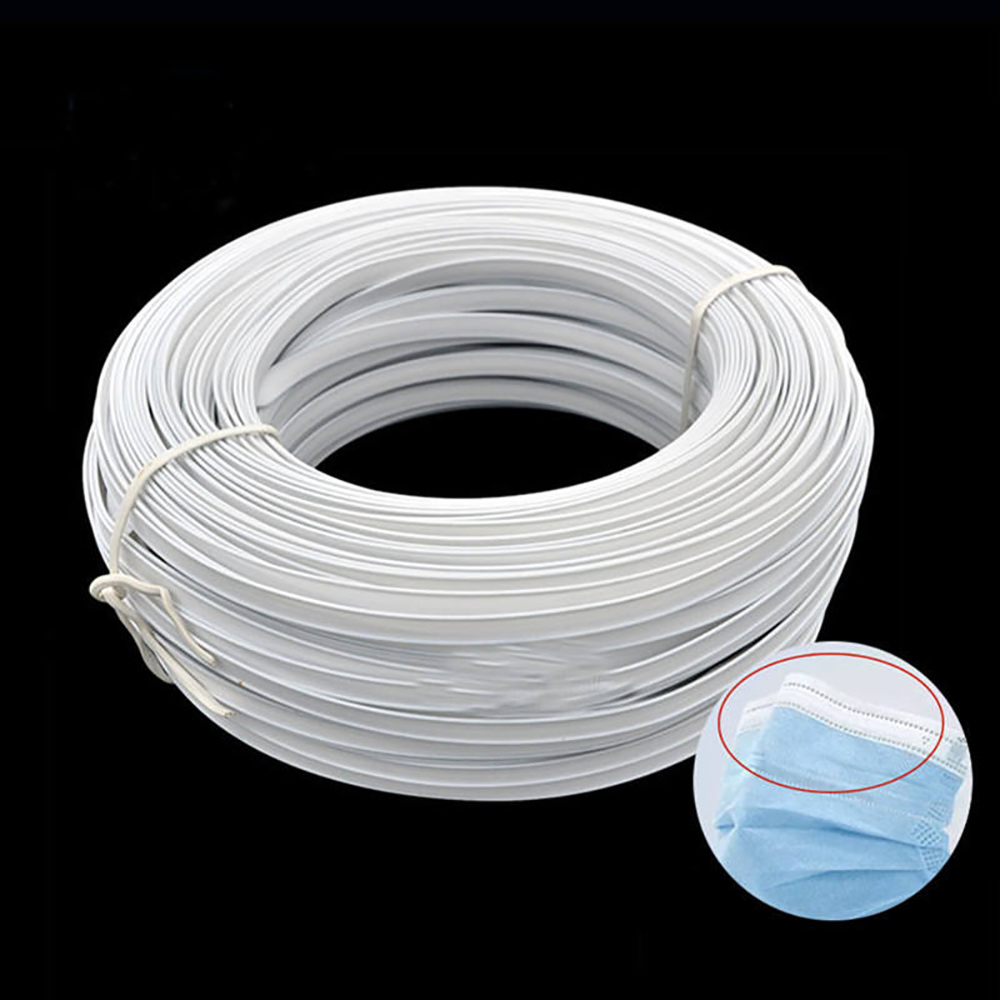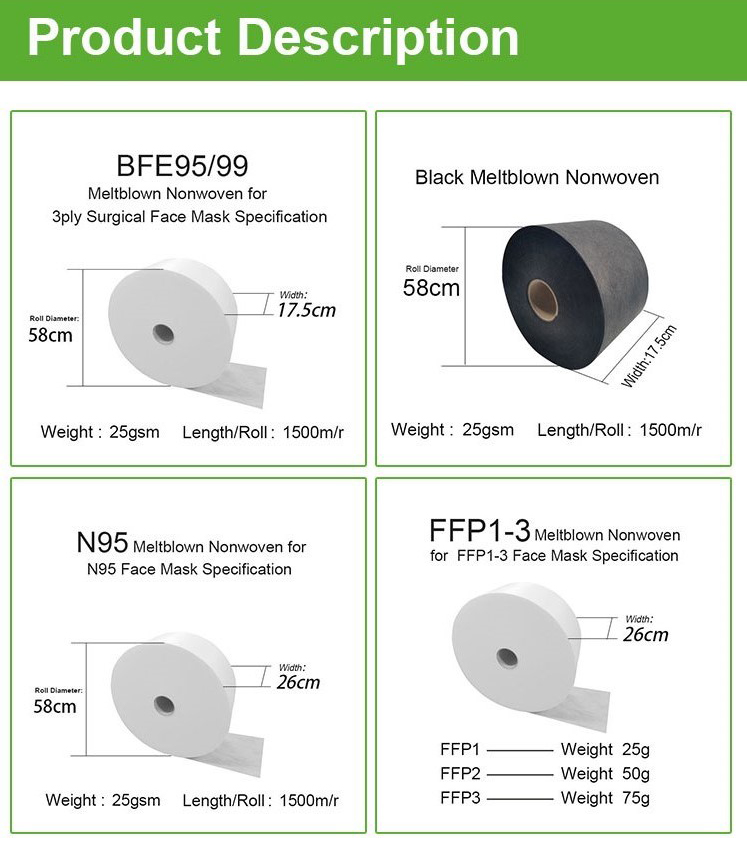
- +8613859957860
- [email protected]
- No.11 Shuangfu Road, Tong’an District, Xiamen, China
Raw Material | 100% polypropylene |
Width | 175mm, 260mm or customized |
Weight(GSM) | 25gsm, 50gsm or customized |
Packing | Packed in roll and protected by film |
BFE | 99%~100% |
PFE | 95%~99% |
MOQ | 1000kg |
Our Capacity | 10 tons per day |

Polypropylene (PP) melt blown nonwoven fabric is a crucial material in various filtration applications, including medical and protective gear. This fabric is made from polypropylene, a thermoplastic polymer, which is processed through melt blowing, a method that produces ultra-fine fibers. These fibers create a web-like structure that is highly effective in filtering particles.
The applications of PP melt blown nonwoven fabric are diverse due to its superior filtration, absorption, and insulation properties:
The production of PP melt blown nonwoven fabric involves several steps:
Polypropylene melt blown nonwoven fabric, with its high PFE, versatility, and efficiency, is an indispensable material in modern filtration applications. Its role in the production of medical masks and protective gear underscores its importance in public health, especially during pandemics
Our robust production capacity and dedicated R&D team are geared towards saving your time, allowing you to seize the selling season. With six production lines dedicated to P.P. nonwoven fabric, our monthly output reaches an impressive 1300 tons.
Our sales team is well-versed in international trade, regularly participating in numerous domestic and international trade shows. Additionally, we leverage various online networking platforms to expand our presence and reach in the global market.
Ensuring a steady supply of raw materials, we commit to offering consistently stable pricing. This practice not only guarantees the mutual benefit of both parties involved but also serves as a risk-mitigation strategy in the dynamic landscape of nonwoven fabric trade. Our focus on securing ample raw material reserves empowers us to maintain pricing stability, fostering a reliable and enduring partnership that prioritizes mutual success and minimizes uncertainties associated with trade in this industry.
We boast a comprehensive quality management system alongside highly competitive pricing. Over 95% of our products, tailored to diverse fields, are exported to 30+ countries, meeting their specific requirements. Additionally, we have forged strong business partnerships with renowned global brands.
The OEKO-TEX® Standard 100 is an autonomous testing and certification protocol that covers textile raw materials, intermediates, and final products throughout their production stages. It encompasses various items eligible for certification, including clothing of all kinds, household textiles, bed linens, terry cloth items, textile toys, and more.
Find the more non-woven fabrics from our factory with free custom services at cheapest price.